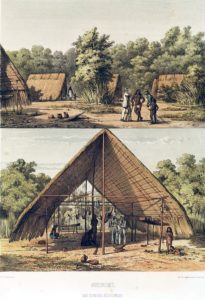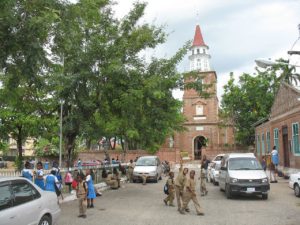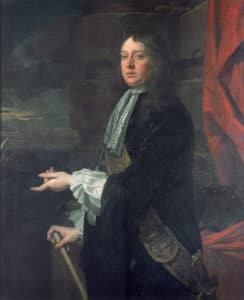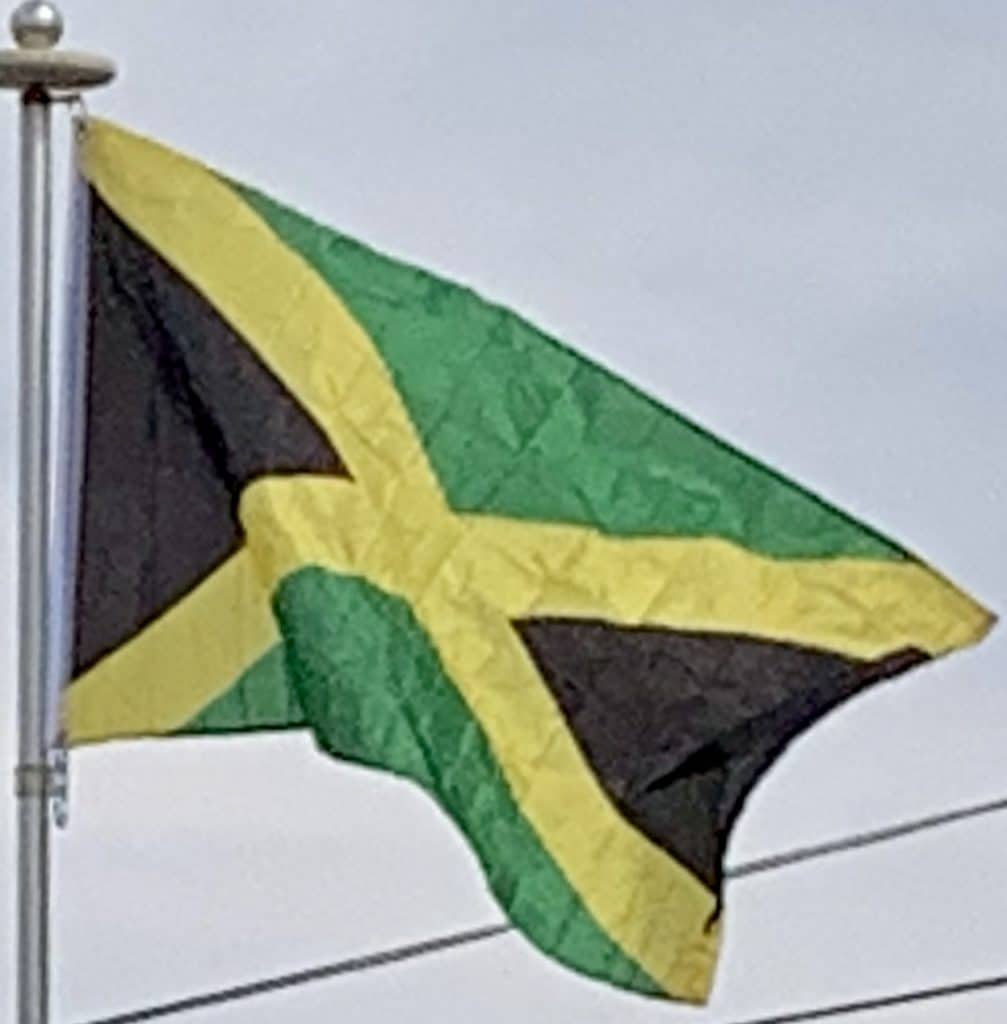
Though often thought to have become extinct following contact with Europeans, the Taíno in fact still inhabited Jamaica when the English took control of the island in 1655. Some fled into interior regions, merging with African Maroon communities. Today, only a tiny number of Jamaican natives, known as Yamaye, remain. The Jamaican National Heritage Trust is attempting to locate and document any remaining evidence of the Taíno.
Spanish Rule (1509–1655):
Christopher Columbus was the first European to see Jamaica, claiming the island for Spain after landing there in 1494 on his second voyage to the Americas. His probable landing point was Dry Harbour, called Discovery Bay, and St. Ann’s Bay was named “Saint Gloria” by Columbus, as the first sighting of the land. He later returned in 1503; however, he was shipwrecked and he and his crew were forced to live on Jamaica for a year while waiting to be rescued. One and a half kilometres west of St. Ann’s Bay is the site of the first Spanish settlement on the island, Sevilla, which was established in 1509 by Juan de Esquivel but abandoned around 1524 because it was deemed unhealthy. The capital was moved to Spanish Town, then called St. Jago de la Vega, around 1534 (at present-day St. Catherine).

Meanwhile, the Taínos began dying in large numbers, either from introduced diseases to which they had no immunity, or from enslavement by the Spanish. As a result, the Spanish began importing slaves from Africa to the island. Many slaves managed to escape, forming autonomous communities in remote and easily defended areas in the interior of Jamaica, mixing with the remaining Taino; these communities became known as Maroons. Small numbers of Jews also came to live on the island. By the early 17th century it is estimated that no more than 2,500–3,000 people lived on Jamaica.
Early British Period:
The English began taking an interest in the island and, following a failed attempt to conquer Santo Domingo on Hispaniola, Sir William Penn and General Robert Venables led an invasion of Jamaica in 1655. Battles at Ocho Rios in 1657 and the Rio Nuevo in 1658 resulted in Spanish defeats; in 1660 the Maroons began supporting the English and the Spanish defeat was secured.

When the English captured Jamaica, the Spanish colonists fled after freeing their slaves. Many slaves dispersed into the mountains, joining the already established maroon communities. During the centuries of slavery, Maroons established free communities in the mountainous interior of Jamaica, where they maintained their freedom and independence for generations. Meanwhile, the Spanish made several attempts to re-capture the island, prompting the British to support pirates attacking Spanish ships in the Caribbean; as a result piracy became rampant on Jamaica, with the city of Port Royal becoming notorious for its lawlessness. Spain later recognized English possession of the island with the Treaty of Madrid (1670). As a result, the English authorities sought to reign in the worst excesses of the pirates.
